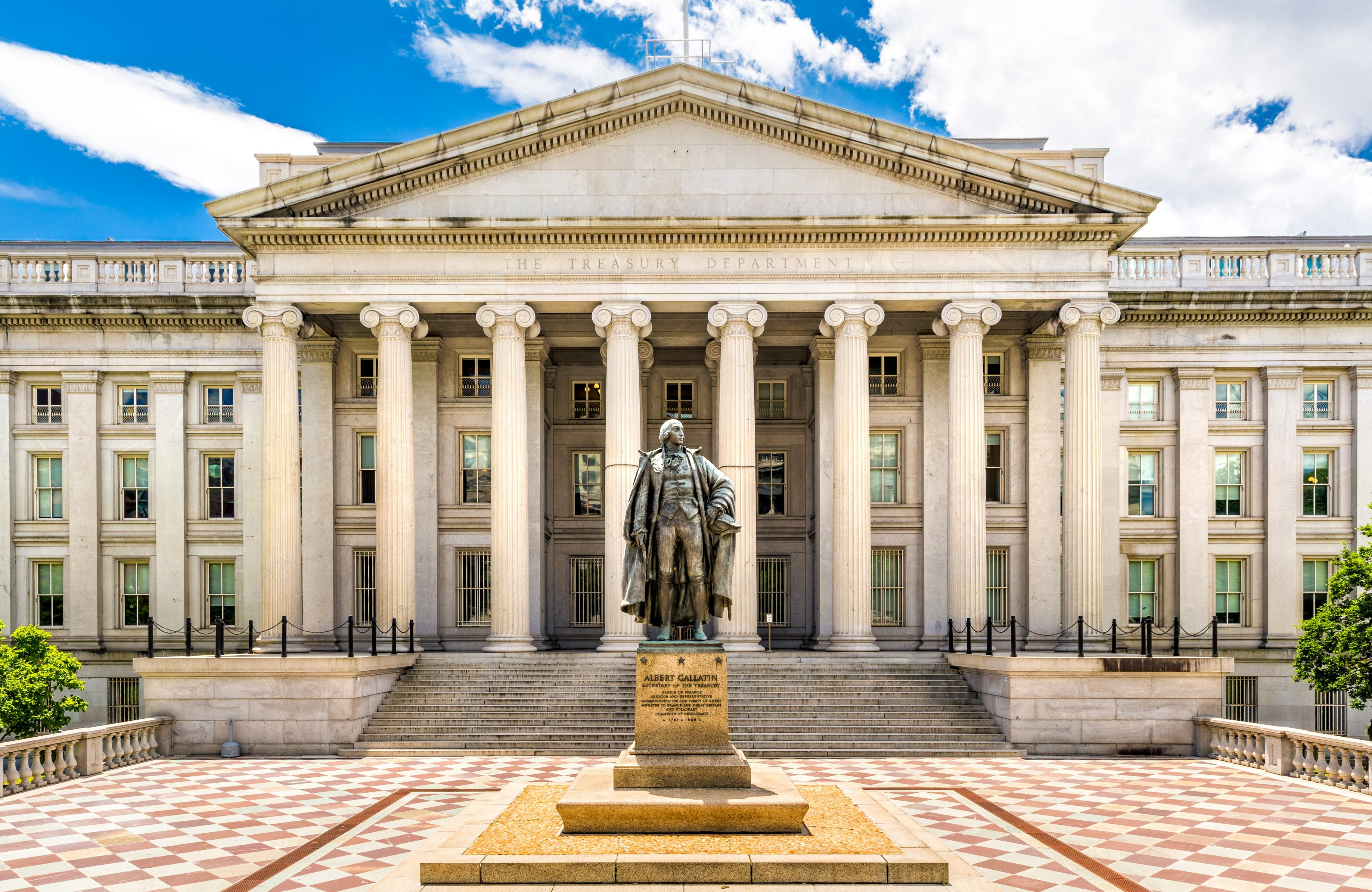What if they held a US Treasury bond auction and no one came?
Relatively speaking, that is what occurred twice last week. As the US government tries to continue kicking the fiscal can down the road, issuing new 10-year and 30-year US Treasury bonds amid a high and growing $30trn debt burden, a rare situation developed. The usual buyers were absent.
The situation might just be one of those largely overlooked events that investors look back at and think: “That is when we knew rates were going much higher.”
Those who are active in the ETF marketplace have noticed the recent frenetic price action in the iShares $ Treasury Bond 20+yr UCITS ETF (IDTL). Much of that volatility has been from the price attempting to bounce back from a 20% decline over the past six months.
During that time, 10-year US Treasury yields, widely considered the primary gauge of the bond market’s trend, have flown higher from 3.3% to 4.6%.
That is the type of move that can take years. But nowadays, everything happens faster in the bond market. And that is something investors are quickly getting accustomed to.
Worries about long-term rates
Last week’s auctions of longer-term US Treasury bonds showed such weak interest in lending to the home of the world’s “reserve currency”, it casts some significant doubt and worry about how high long-term rates will need to go to eventually satisfy investor demand.
A big part of the problem is that three historically large buyers of US bonds are motivated to do things other than buy like they used to. Japan and China are moving more assets back to their home economies, and therefore are less willing to buy US bonds at what still may be insufficiently high rates in exchange for decades of indebtedness.
Of at least equal significance is the changed posture of the Federal Reserve regarding long-term US Treasuries. Not too long ago, the Fed was the chief buyer, soaking up whatever US debt issuance it had to, suppressing interest rates.
Nowadays, however, the Fed is more focused on fighting inflation, and instead of reinvesting when bonds they hold mature, it takes the money and does not reinvest it in newly issued bonds. The lack of the Fed’s formerly reliable bid is another issue pressuring the bond market.
IDTL drops initially
Thursday’s auctions caused a large drop in IDTL, but it recovered more than half of it on Friday. The Israel-Hamas conflict is another new factor that could at least temporarily drive long-term Treasury yields down.
But what investors have to ask themselves is how long does that “flight-to-safety” concept overwhelm the longer-term problems of weak demand for US long-term bonds?
The one statistic from last week’s 30-year auction that shows something different is happening in this vital part of the financial markets is the percentage of securities auctioned that bond dealers had to buy. They do that when no one else will take them. Typically, that figure is around 11%. At last week’s auction, it was 18%. This bears watching for bond investors, pun intended.
This article was originally on ETF.com


